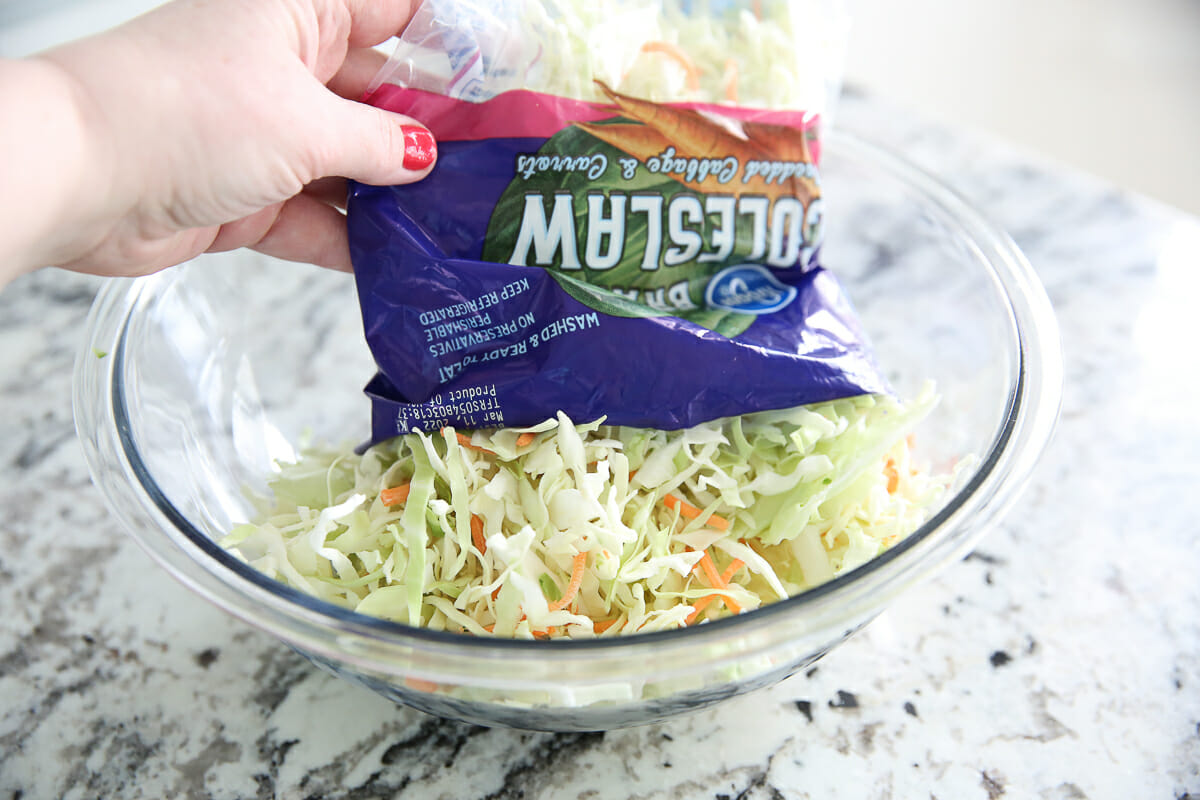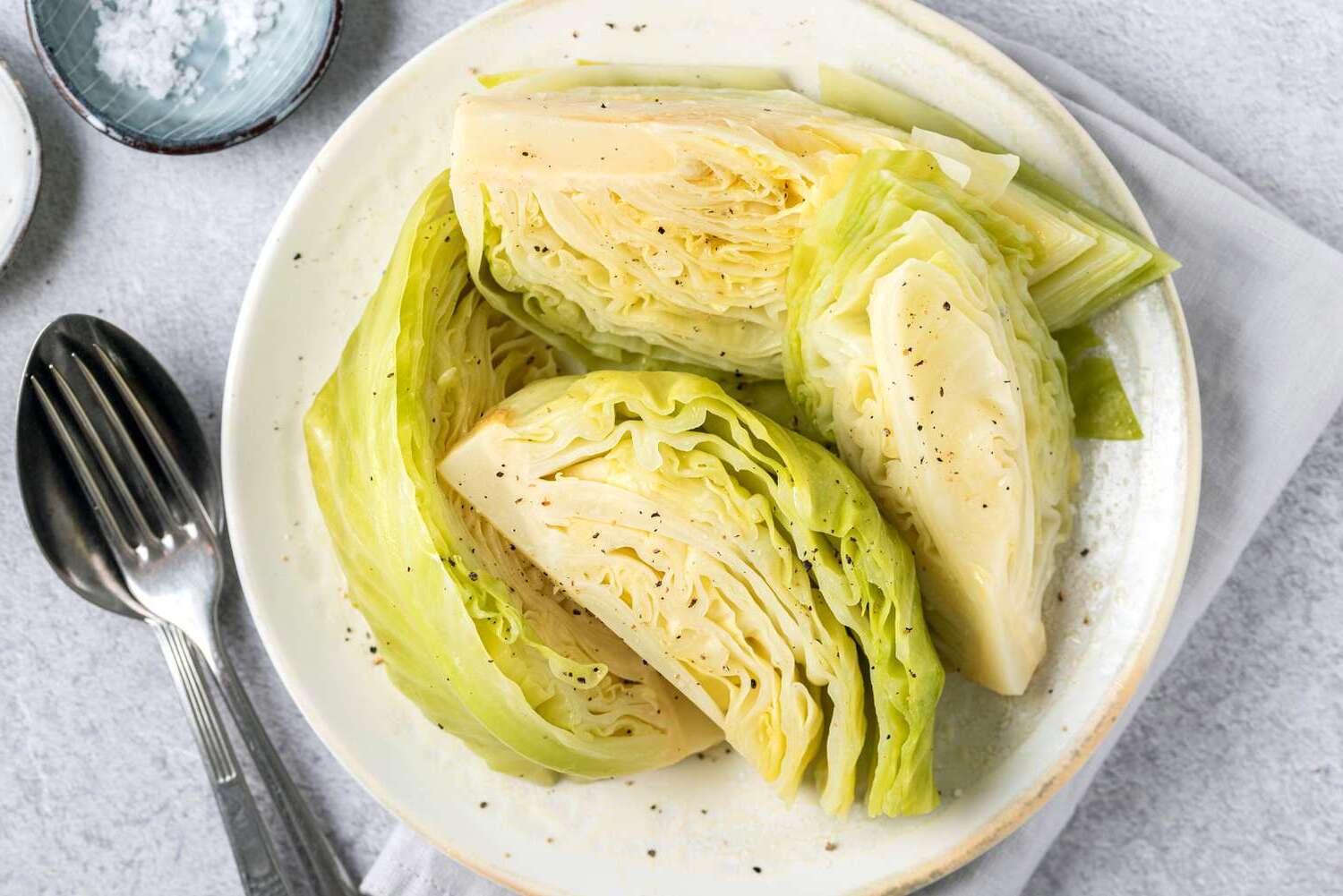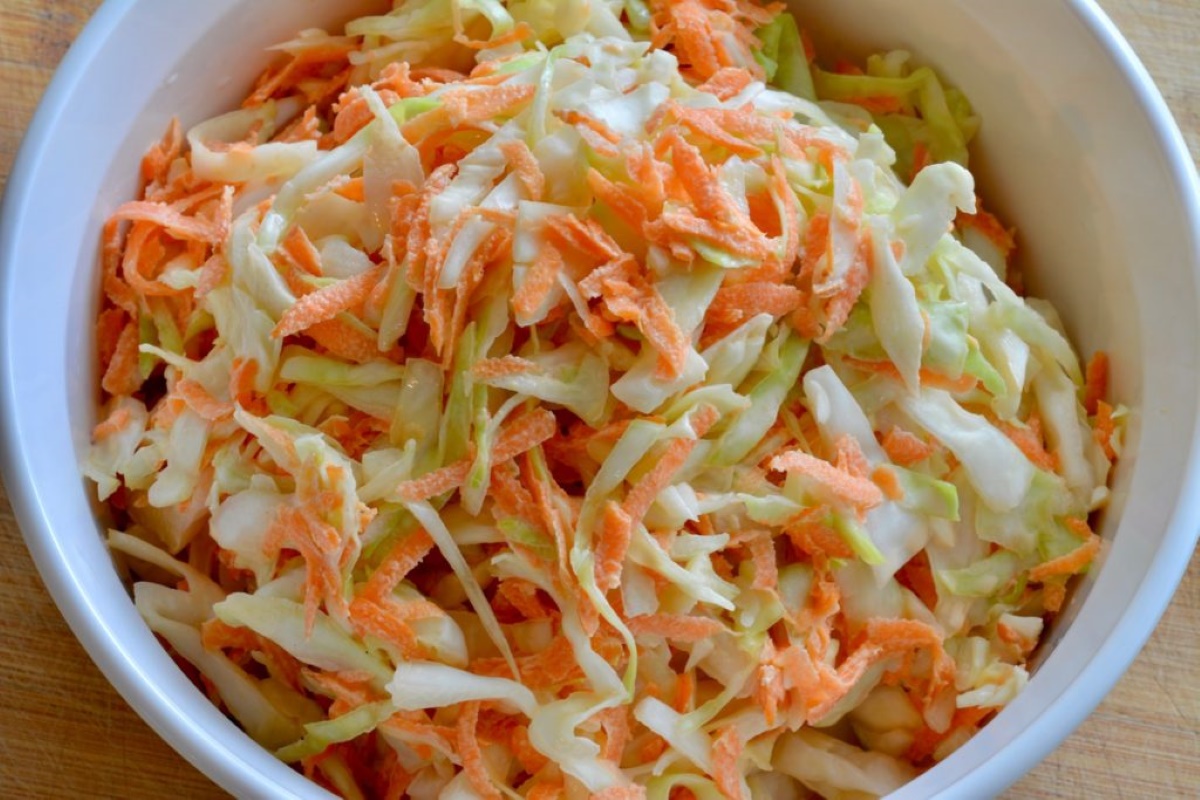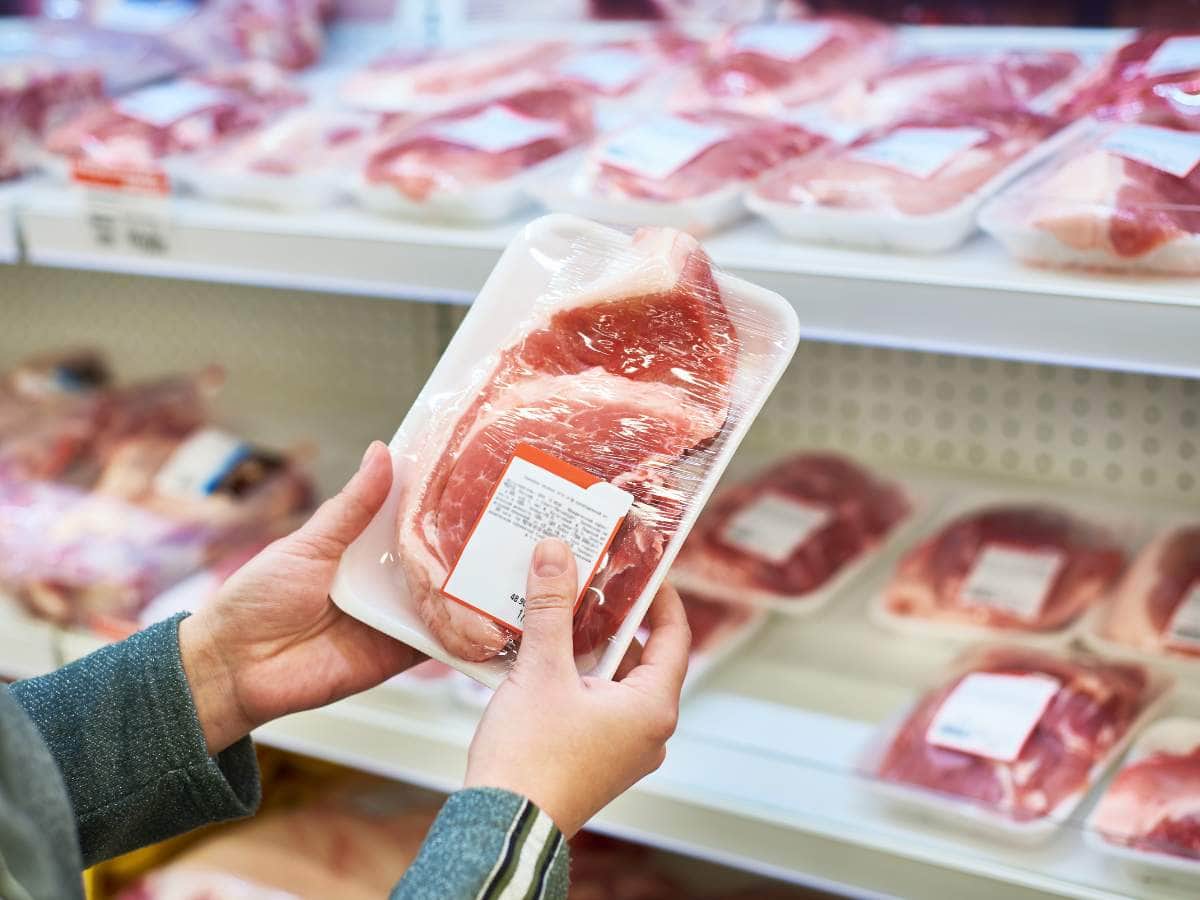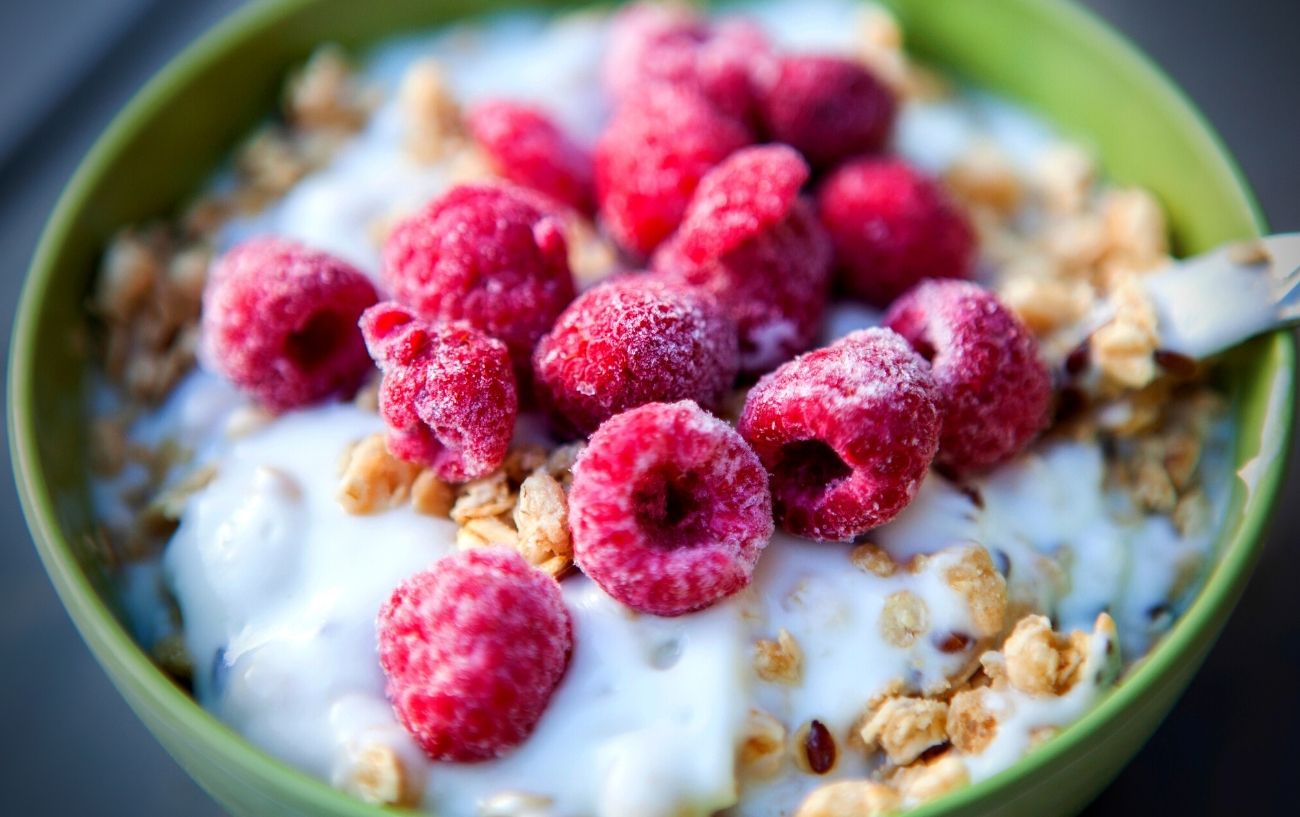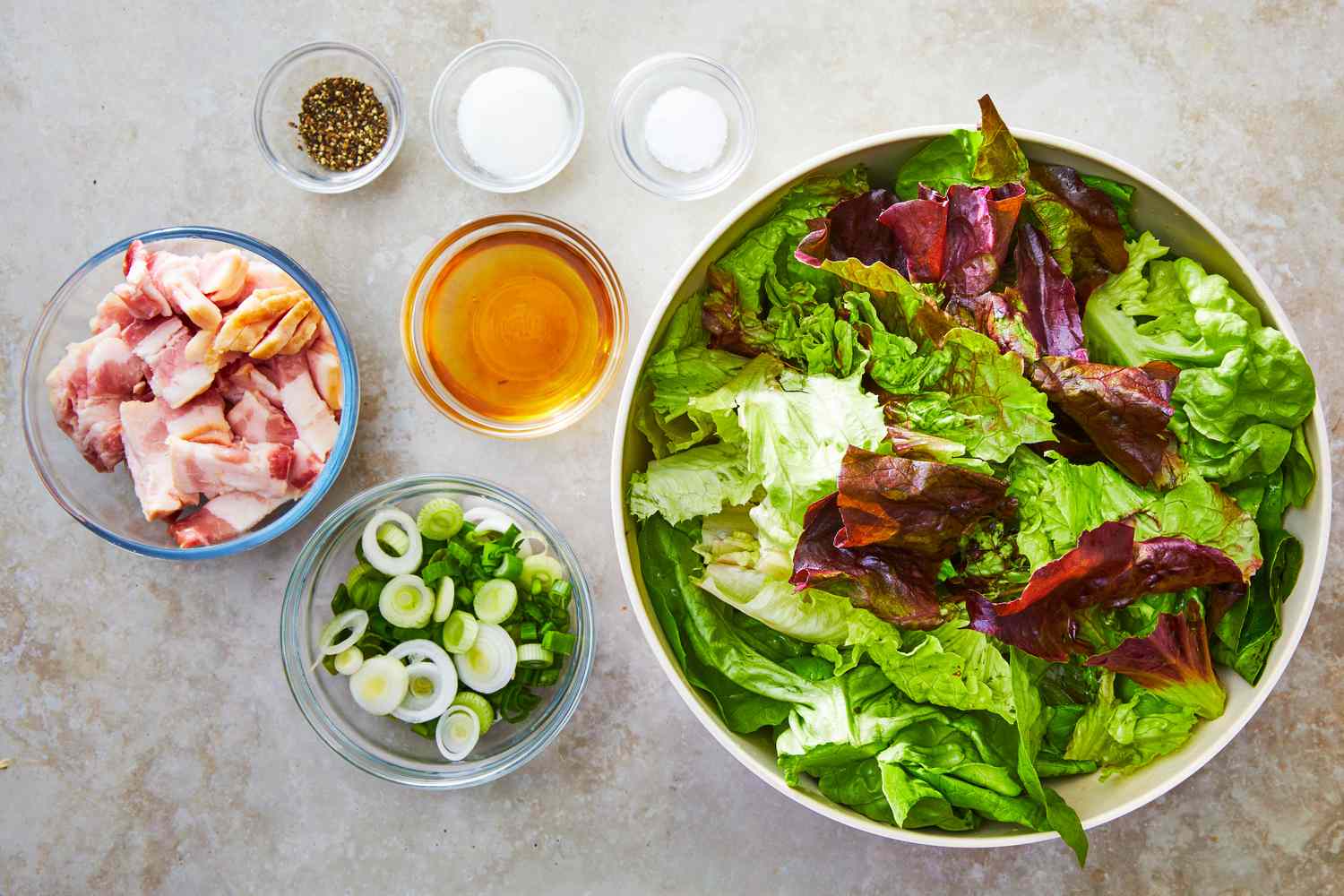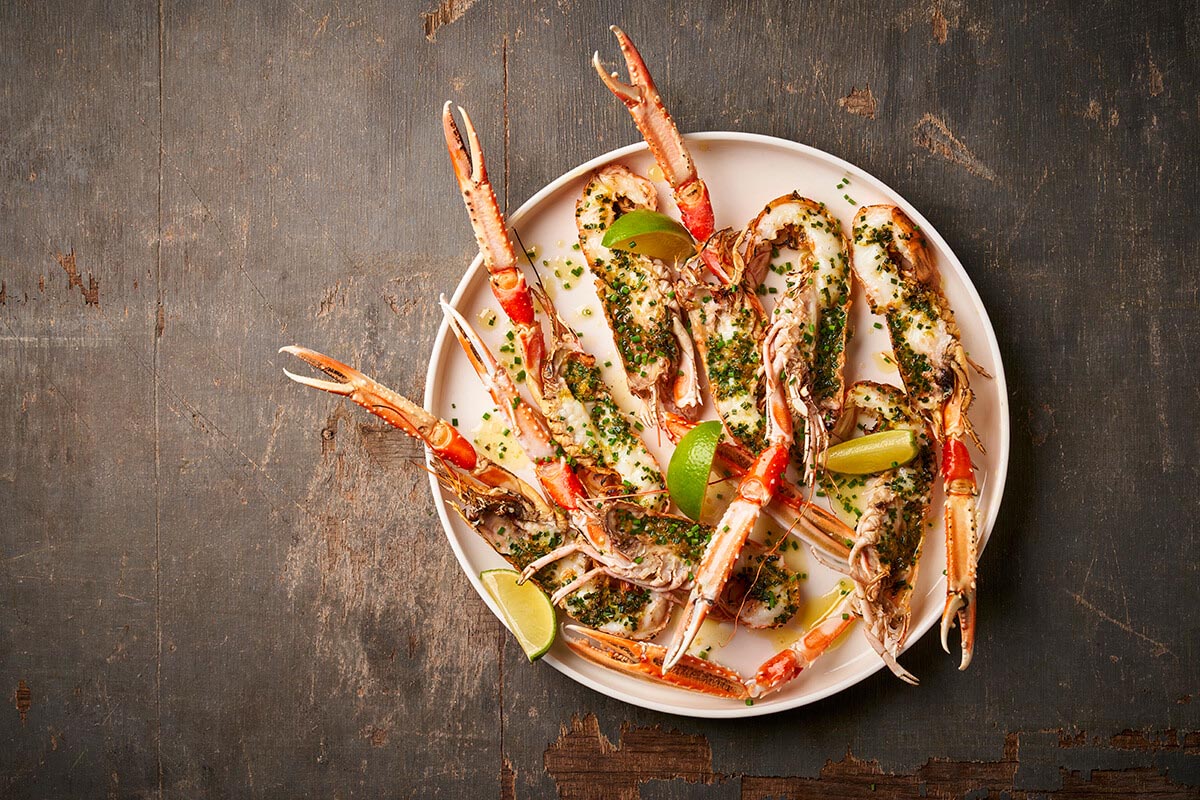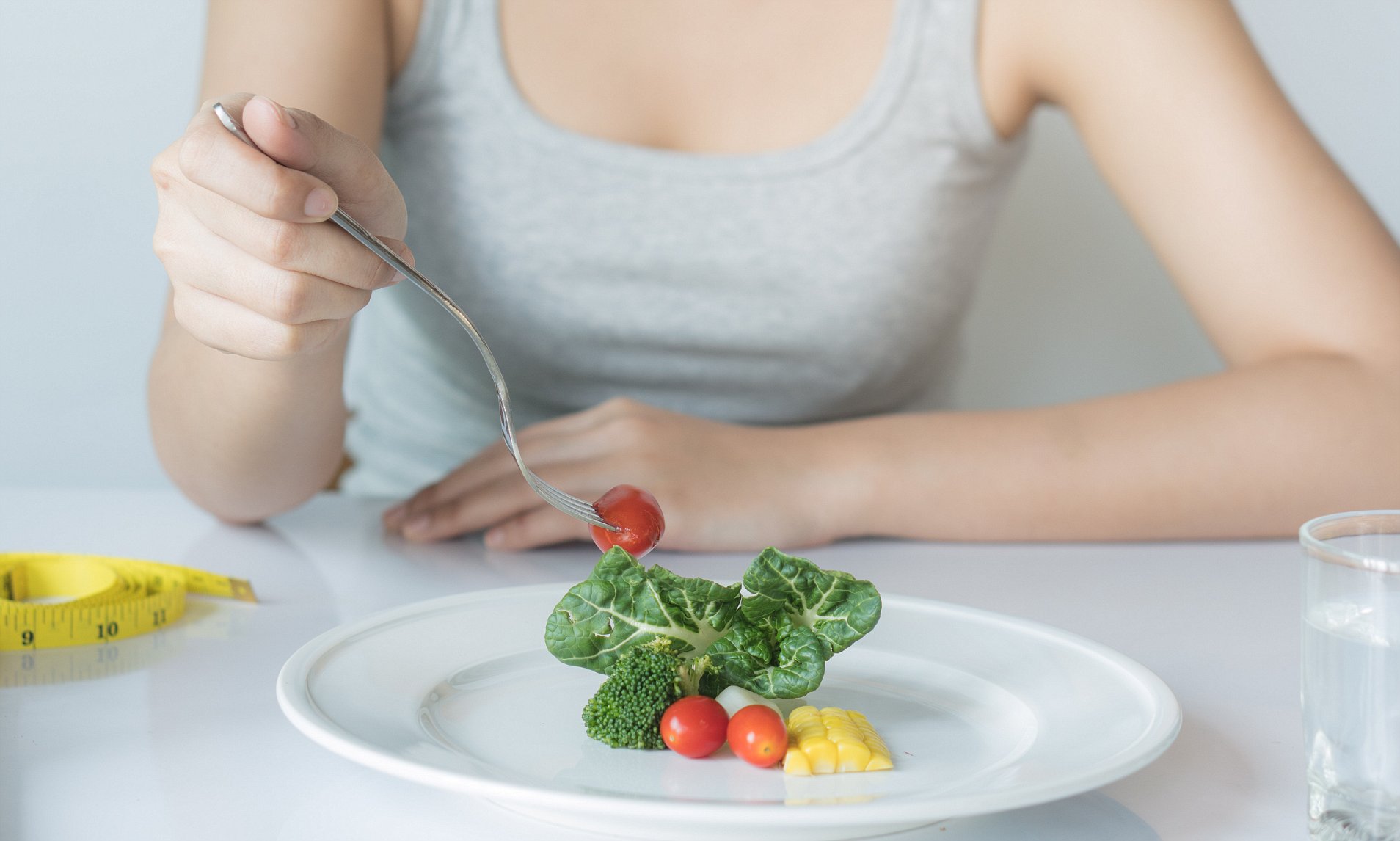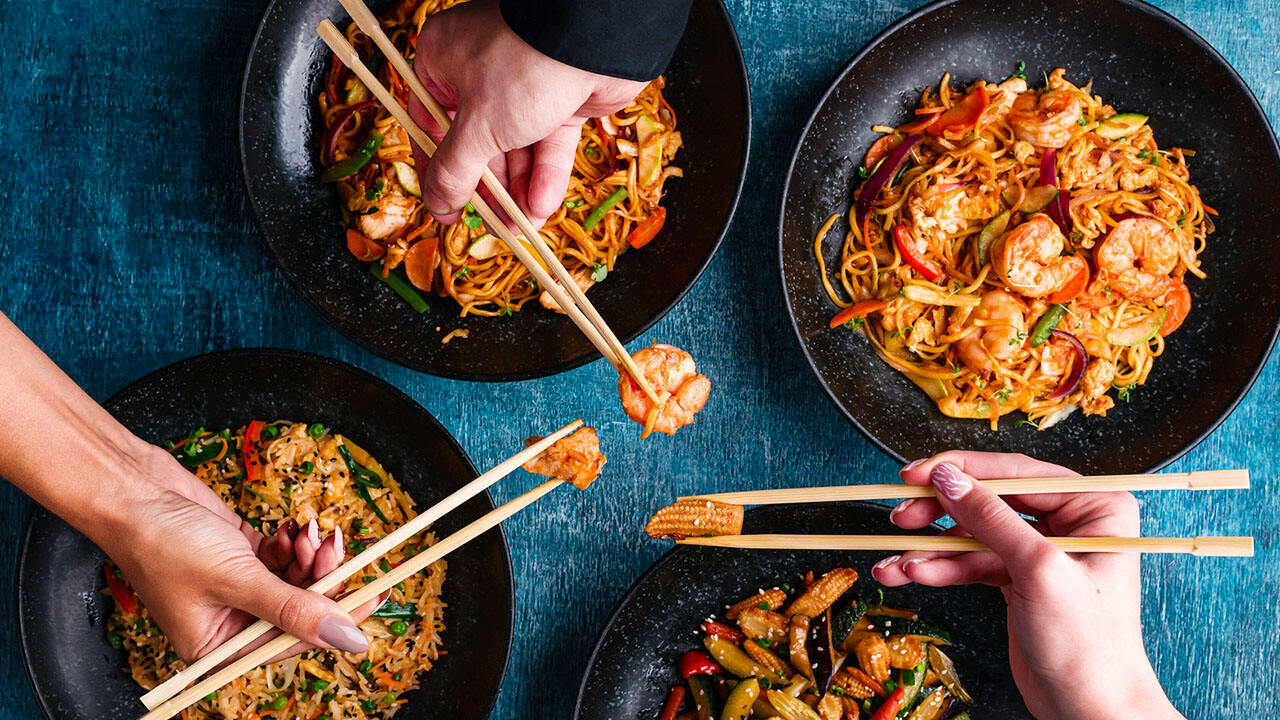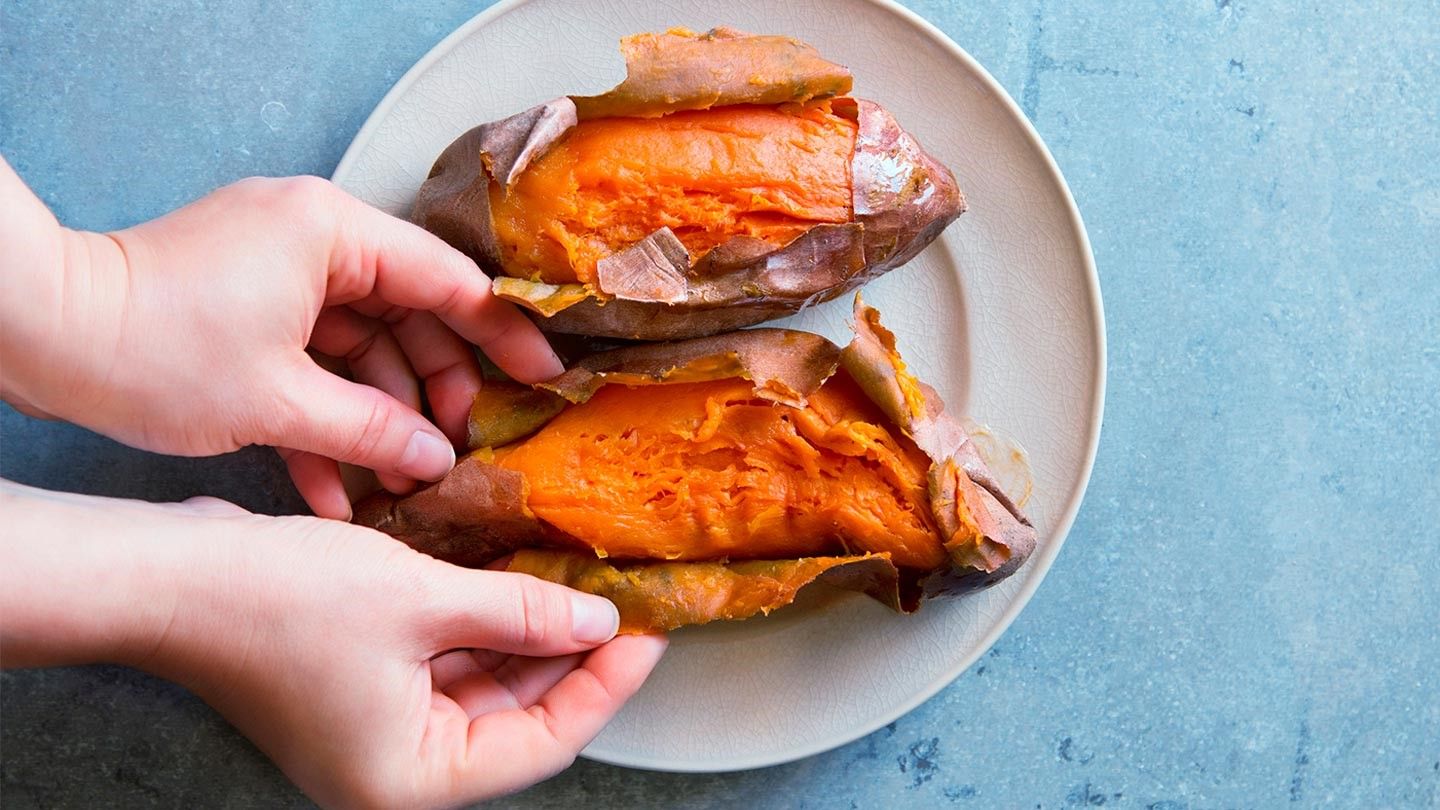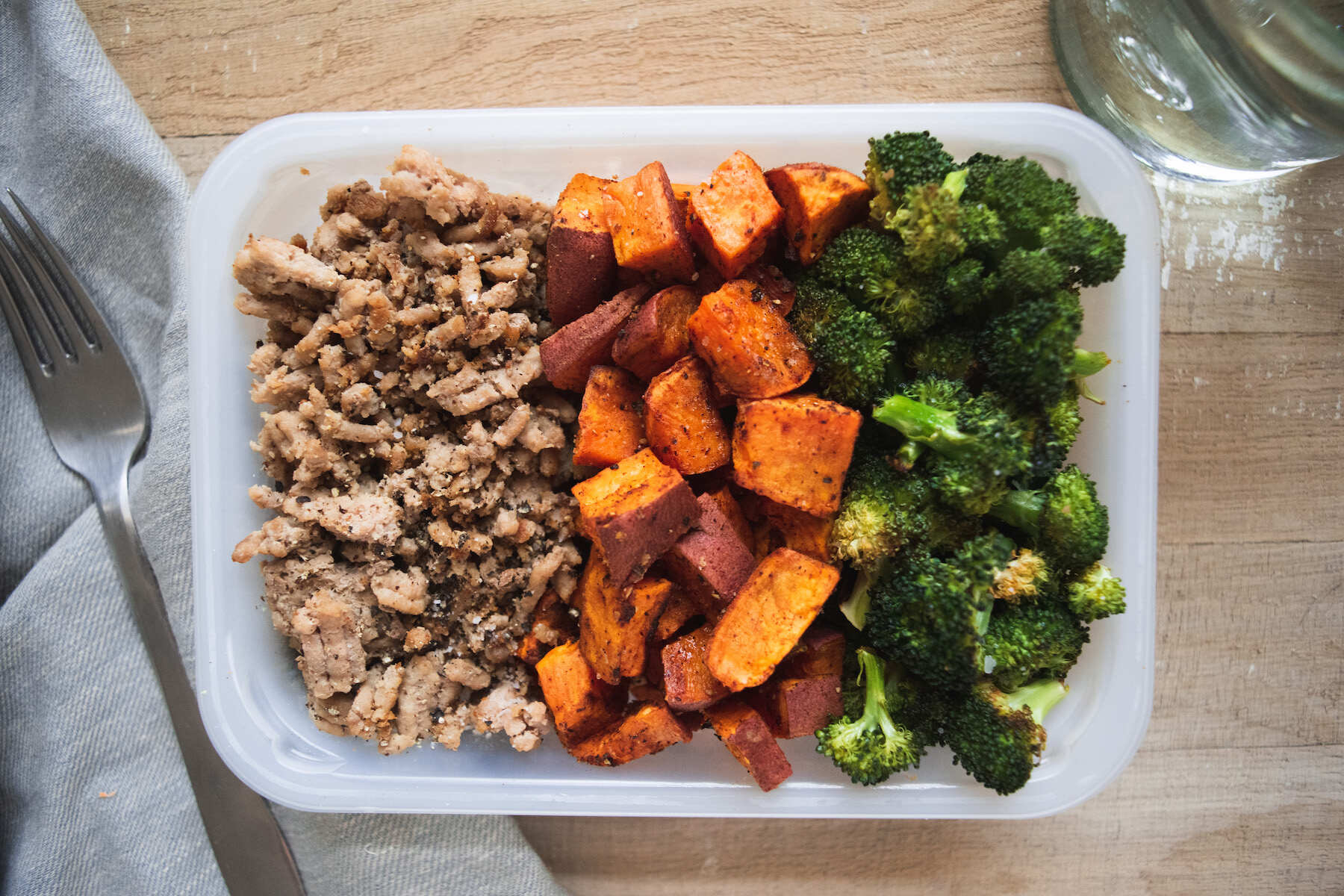Enjoying Coleslaw Without Discomfort
For many people, coleslaw is a delicious and refreshing side dish that complements a wide variety of meals. However, for some individuals, the experience of eating coleslaw can be accompanied by discomfort or pain. If you find yourself in this situation, fear not! There are several strategies you can employ to enjoy coleslaw without experiencing any negative effects.
Choose the Right Ingredients
When preparing or selecting coleslaw, it’s important to pay attention to the ingredients. Some coleslaw recipes or store-bought varieties may contain ingredients that can trigger discomfort for certain individuals. If you have a sensitive stomach or digestive issues, consider opting for coleslaw that is made with fresh, crisp vegetables and a light, tangy dressing. Avoid coleslaw that is heavy on mayonnaise or contains ingredients that you know you are sensitive to.
Chew Thoroughly
One common reason for experiencing discomfort when eating coleslaw is not chewing it thoroughly. Coleslaw often contains crunchy vegetables such as cabbage and carrots, which can be difficult for the digestive system to break down if not chewed properly. Take the time to chew each bite of coleslaw thoroughly before swallowing. This will help to pre-digest the food in your mouth and make it easier for your stomach to handle.
Consider Food Combining
Some individuals find that they experience less discomfort when they practice food combining. This involves eating certain types of foods together and avoiding combinations that can lead to digestive issues. If you struggle with coleslaw, consider eating it on its own or with other raw vegetables rather than pairing it with heavy or starchy foods.
Be Mindful of Portion Sizes
Overeating can lead to discomfort regardless of the type of food being consumed. When it comes to coleslaw, pay attention to your portion sizes and avoid consuming large quantities in one sitting. Start with a small serving and see how your body reacts before deciding whether to have more.
Listen to Your Body
Ultimately, the key to enjoying coleslaw without experiencing pain is to listen to your body. Everyone’s digestive system is unique, and what works for one person may not work for another. Pay attention to how your body responds to coleslaw and make adjustments as needed. If you consistently experience discomfort after eating coleslaw, it may be best to limit your consumption or explore alternative side dishes.
By choosing the right ingredients, chewing thoroughly, considering food combining, being mindful of portion sizes, and listening to your body, you can savor the deliciousness of coleslaw without any unpleasant side effects. With these strategies in mind, you can confidently include coleslaw in your meals and enjoy its crisp, refreshing flavors without worry.
